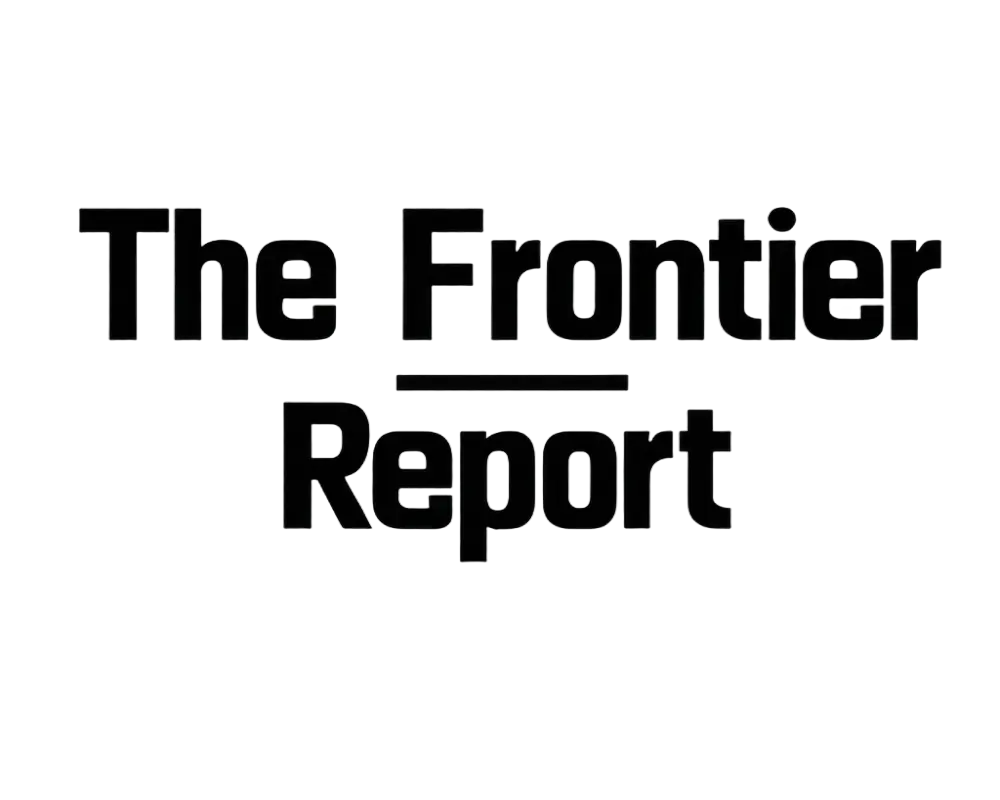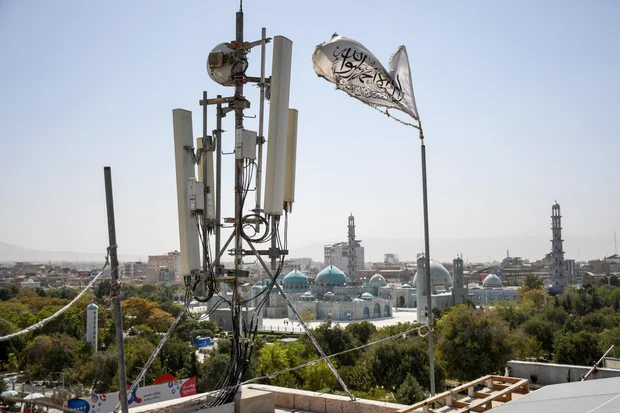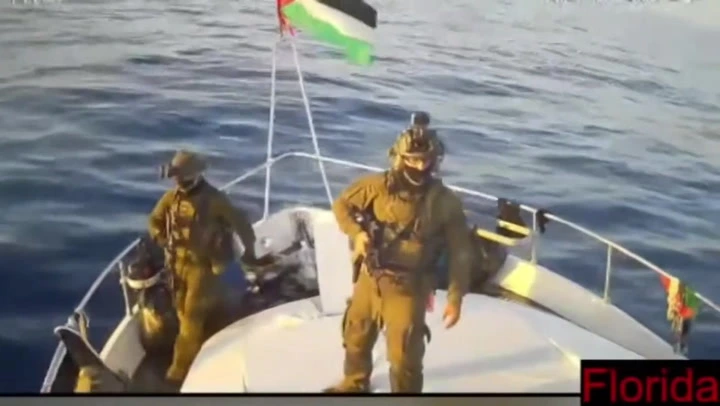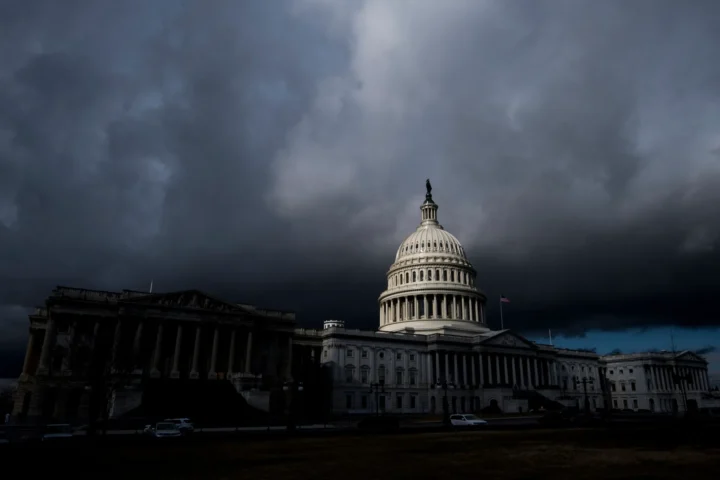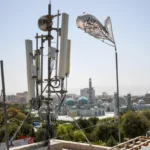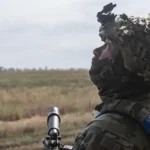A powerful 8.8‑magnitude earthquake struck offshore Russia’s Kamchatka Peninsula on July 29–30, 2025, at a shallow depth of ~19 km, triggering tsunami waves and widespread alerts across the Pacific.
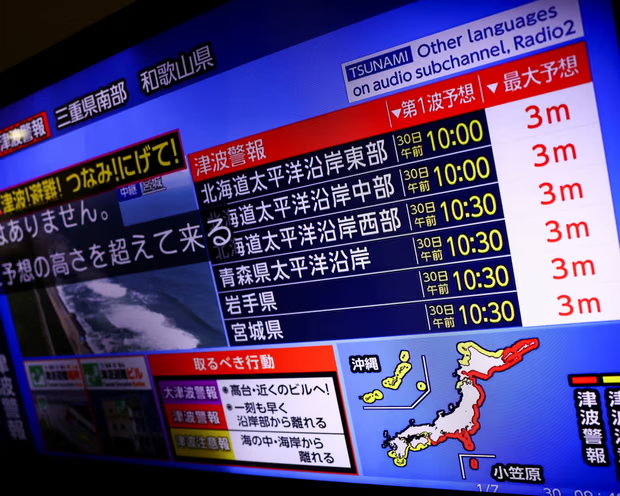
Devastation in Russia
The town of Severo‑Kurilsk in the Kuril Islands was hit by waves exceeding 3–4 metres, inundating parts of the port and fish‑processing plant. Evacuations moved thousands inland as officials warned of ongoing aftershocks. Though a few minor injuries occurred—including cases tied to evacuation panic—no deaths have been reported.
This quake ranks as the most powerful in the region since 1952 and one of the strongest globally in the past two decades.
Immediate Impact in Japan
Japan’s northern coast, including Hokkaido, received its first tsunami waves within hours. Initial impacts reached around 30 cm, enough to displace light boats and prompt evacuation orders stretching from Hokkaido down to Wakayama Prefecture.
Nuclear facilities—including Fukushima Daiichi—halted operations, and about 4,000 workers sheltered on elevated ground as a precaution. No abnormalities have been detected so far.
Pacific-Wide Warnings
Authorities across the Pacific responded swiftly:
Hawaii activated sirens and ordered evacuations for coastal zones, with waves of 1–3 metres expected to impact around 7 p.m. local time. Residents were urged to move inland or to upper floors of buildings.
The U.S. West Coast, from Alaska through Washington, Oregon, and California — extending into British Columbia — issued tsunami advisories. Channels urged people to avoid beaches, piers, and marinas due to dangerous currents, even if major waves were unlikely.
Pacific island nations and territories—including Guam, Philippines, New Zealand, Chile, Ecuador, and Solomon Islands—were placed under watches or advisories for strong currents or potential minor waves.
Scientific Context & Aftershock
Experts attribute the earthquake to movement along the Kuril–Kamchatka subduction zone, part of the Ring of Fire. Some aftershocks registered above magnitude 6.9, reinforcing risk and keeping alerts active. Scientists expect potential seismic activity to persist for weeks but currently see no likelihood of stronger tremors immediately.
Although this quake was massive, the ground shaking in some areas was less intense than expected for its magnitude—attributed to the quake’s deeper underwater epicenter and particular rupture characteristics.
Community Response & Safety Measures
Russian officials evacuated coastal zones and warned against venturing near the shore until tsunami danger subsides.
Japan’s authorities triggered nationwide evacuation protocols, particularly along the Pacific littoral. Emergency shelters activated and public messaging systems notified millions of residents.
U.S. and Pacific leaders broadcast warnings via media, text alerts, and emergency sirens. Public messaging emphasized avoiding water, staying off piers, and remaining alert for possible repeat waves.
Key Consequences
Russia: Coastal infrastructure damaged; minor injuries; proactive evacuations; ongoing seismic risk.
Japan: Widespread precautionary evacuations; nuclear plants safeguarded; no casualties or nuclear incidents reported.
Hawaii & U.S. West Coast: Pre-emptive evacuations and advisories prevented casualties despite strong currents.
Pacific islands and South America: Monitored for low-to-moderate wave threats; emergency messages issued.
Bottom Line
An 8.8‑magnitude mega‑quake off Kamchatka triggered tsunami waves up to 4 metres in Russia and 30 cm in Japan, prompting alerts and evacuations across the Pacific.
Hawaii, Alaska, U.S. West Coast, and many island nations issued warnings and precautionary measures to protect residents from strong currents and wave damage.
While injuries in Russia were limited and Japan reported no casualties, emergency systems locked down nuclear operations and shepherded residents to higher ground.
This quake is the strongest recorded in the region since 1952—yet the seismic and tsunami response systems worked effectively to minimize casualties.
Stay safe and monitor local authorities if you’re in affected zones.

